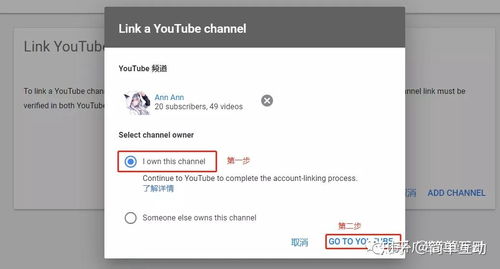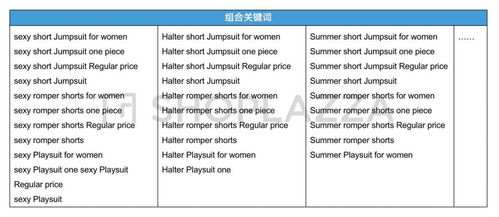Understanding Google Ads: A Comprehensive Guide

Google Ads, previously known as Google AdWords, is a powerful online advertising platform that allows businesses to promote their products and services across Google’s vast network. Whether you’re a small startup or a large enterprise, Google Ads can help you reach your target audience and achieve your marketing goals. In this detailed guide, we’ll explore the various aspects of Google Ads, from its different ad formats to the best practices for creating effective campaigns.
Types of Google Ads

Google Ads offers a wide range of ad formats to suit different marketing objectives. Here are some of the most popular types:
| Ad Format | Description |
|---|---|
| Search Ads | These ads appear at the top of Google’s search results when someone searches for a specific keyword related to your business. |
| Display Ads | Display ads are graphical ads that appear on websites and apps that are part of the Google Display Network. |
| Video Ads | Video ads are short video clips that play before, during, or after YouTube videos. |
| Shopping Ads | Shopping ads show product images, prices, and other details when someone searches for products related to your business. |
| App Ads | App ads help you promote your mobile app by appearing in search results, on the Google Play Store, and on other Google properties. |
Creating a Google Ads Account

Before you can start running ads on Google Ads, you’ll need to create an account. Here’s a step-by-step guide to help you get started:
- Go to the Google Ads website and click on “Start now.”
- Enter your business information, including your business name, address, and contact details.
- Select your primary goal for running ads, such as increasing website traffic, generating leads, or promoting a sale.
- Choose your target audience, including location, language, and interests.
- Set your budget and bidding strategy.
- Review and confirm your account settings.
Setting Up Your Campaign
Once you’ve created your account, you’ll need to set up a campaign. Here are the key steps:
- Select a campaign type, such as search, display, video, shopping, or app.
- Choose a campaign objective, such as website traffic, brand awareness, or sales.
- Set your budget and bidding strategy.
- Define your target audience, including location, language, and interests.
- Create ad groups, which are collections of ads that share a common theme or goal.
- Write your ad copy and create ad extensions to enhance your ads.
Optimizing Your Google Ads Campaign
Once your campaign is running, it’s important to monitor its performance and make adjustments as needed. Here are some tips for optimizing your Google Ads campaign:
- Analyze your campaign’s performance using Google Ads reports.
- Identify underperforming keywords and ad groups and adjust your bids or pause them.
- Improve your ad copy by testing different versions and analyzing their performance.
- Use ad extensions to provide additional information and improve your ad’s visibility.
- Regularly review and update your campaign settings to ensure they align with your marketing goals.
Conclusion
Google Ads is a powerful tool that can help you reach your target audience and achieve your marketing goals. By understanding the different ad formats, creating a well-structured campaign, and optimizing your ads, you can maximize the effectiveness of your Google Ads campaigns. Remember to stay up-to-date with the latest trends and best practices in online advertising to ensure your campaigns remain effective and competitive.
